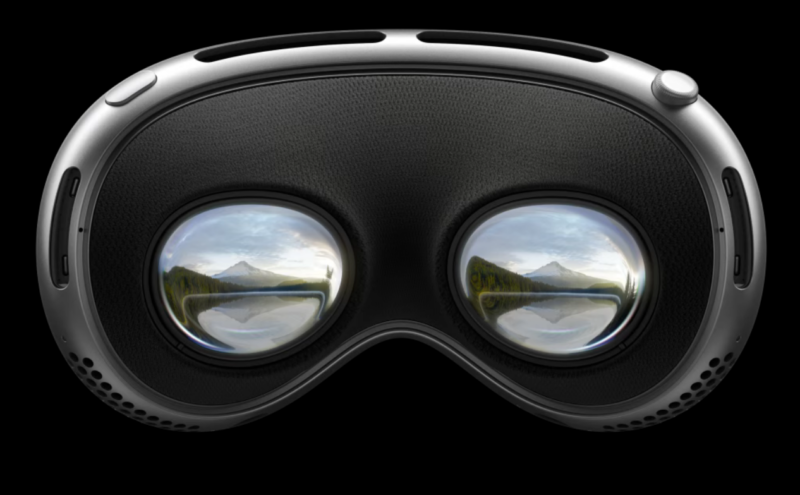
Research firm Omdia has published the first publicly available educated estimates of how much the materials for each Vision Pro really cost Apple. The analysis sets an overall price tag for the materials and identifies which components cost the most money.
Omdia Senior Research Director David Hsieh estimates that the total bill of materials comes in at around $1,542. The consumer price for the headset starts at $3,499 but can be as much as a thousand dollars more than that, depending on the configuration the buyer chooses.
Vision Pro presents both the real and the virtual worlds to the user with two micro-OLED displays, one for each eye. Together, these dual displays are the most expensive component in the headset, costing $456. Another external display (the one used for EyeSight) costs around $70, Hsieh estimates. That means that Omdia estimates the device's displays account for about 35 percent of the total cost of the device's materials.The runner-up category is silicon; a roll-up cost estimate of both the M2 system-on-a-chip and the R1 processor together lands at $240, or just over 15 percent of the total cost of the device's materials.
You can see the full table of materials in Omdia's estimate here, as first seen in one of the firm's blog posts:

No matter how accurate that $1,542 number is, we should steer clear of the temptation to declare that Apple profits $1,957 on each Vision Pro sold for $3,499, as that's certainly not the case.
A bill of materials like this doesn't take into account manufacturing, shipping, or marketing, nor does it factor in the cost of research and development. There's no way to know from these estimates how much profit Apple earns on each Vision Pro sold, but it's definitely a lot less than the difference between the price tag and the bill of materials.
Apple has historically maintained substantial profit margins on its hardware products like the iPhone, and Vision Pro could follow in those footsteps, or it could be that Vision Pro is anomalous. Only Apple knows for sure. In any case, analysts expect some of these costs to come down with time.
reader comments
168